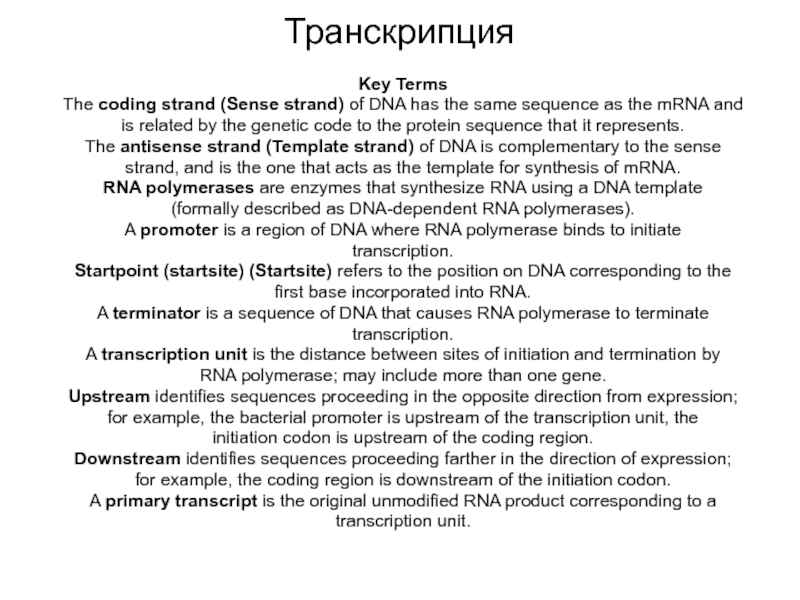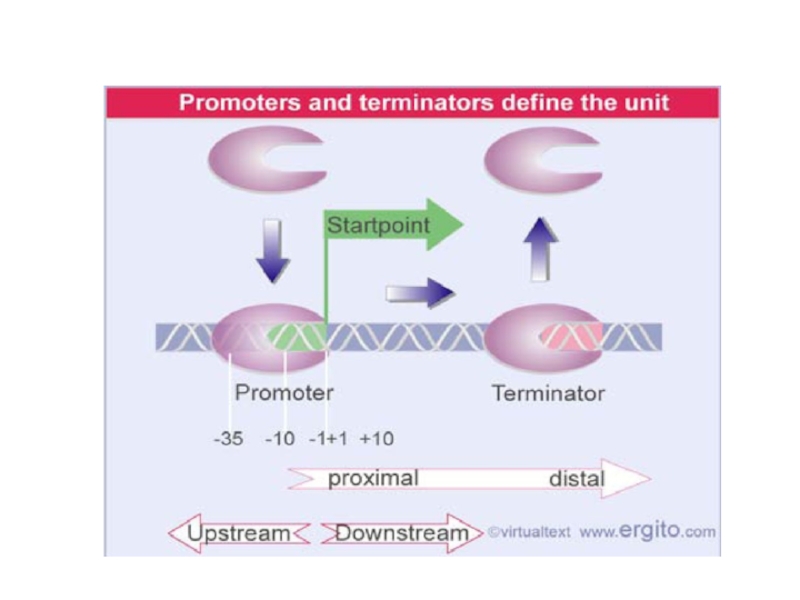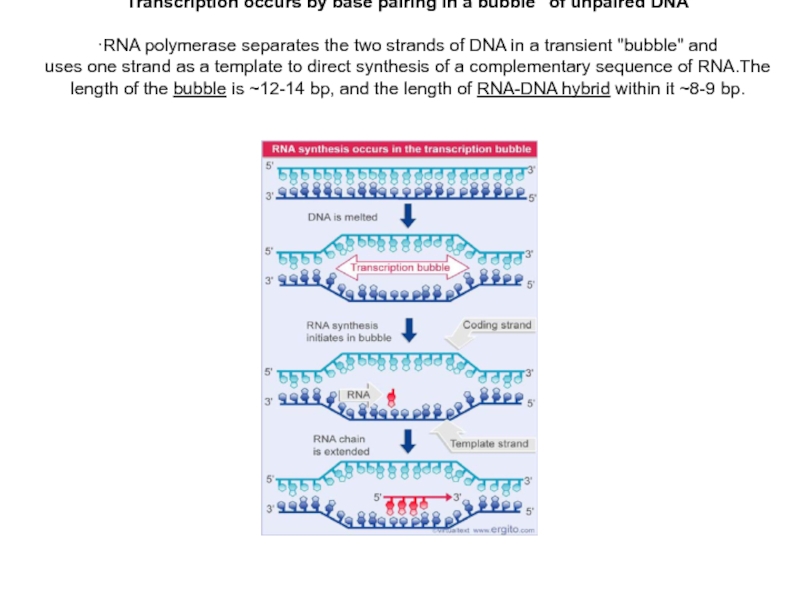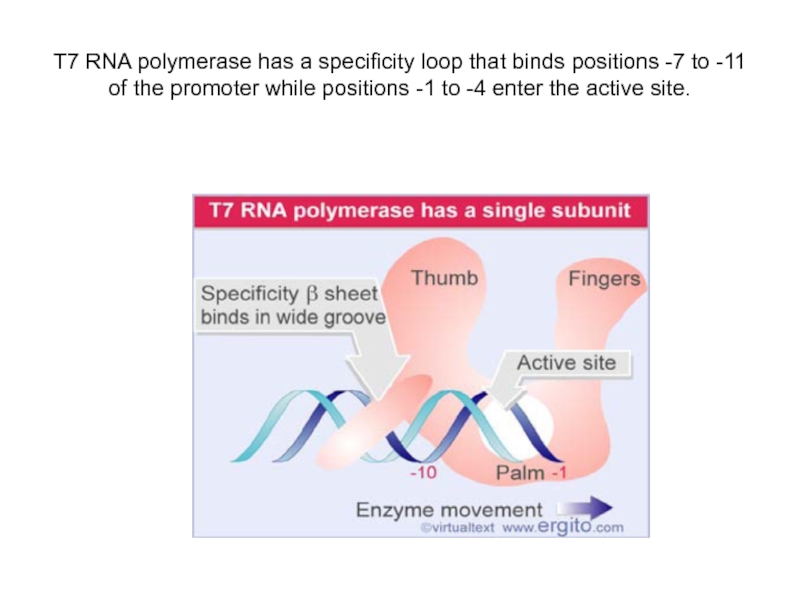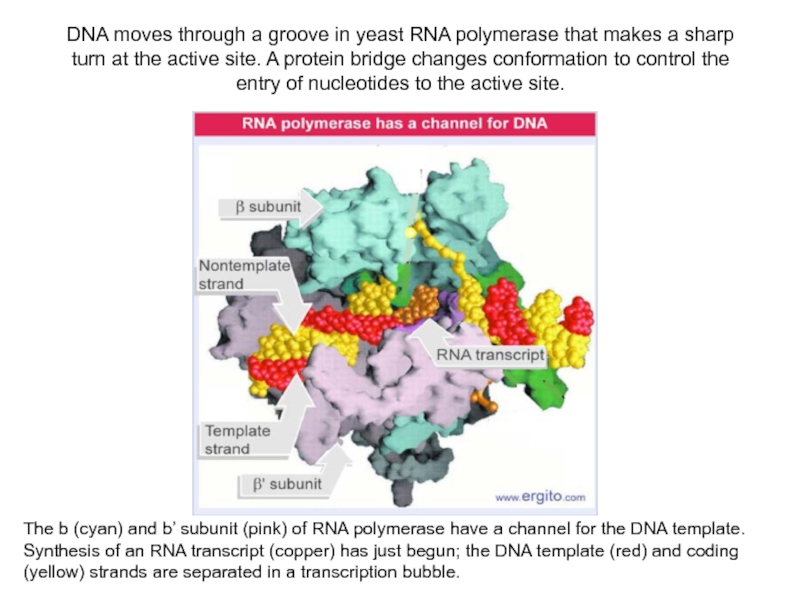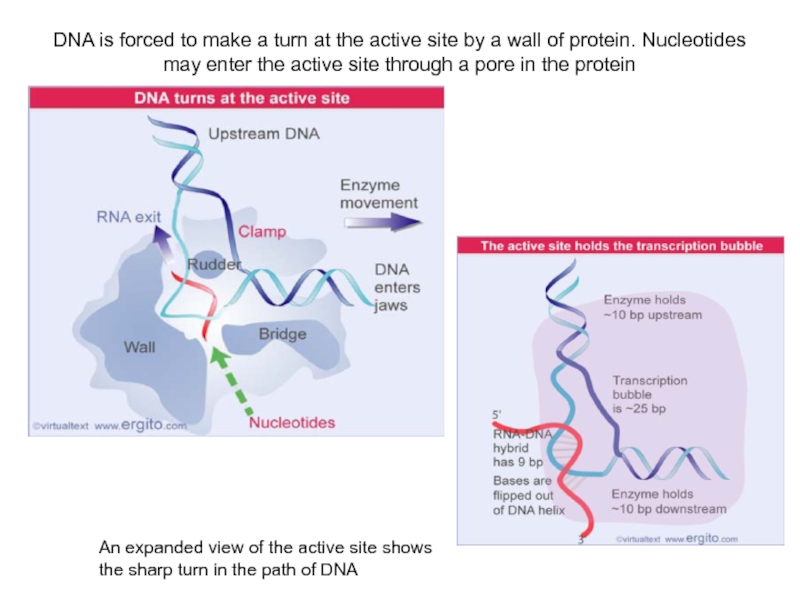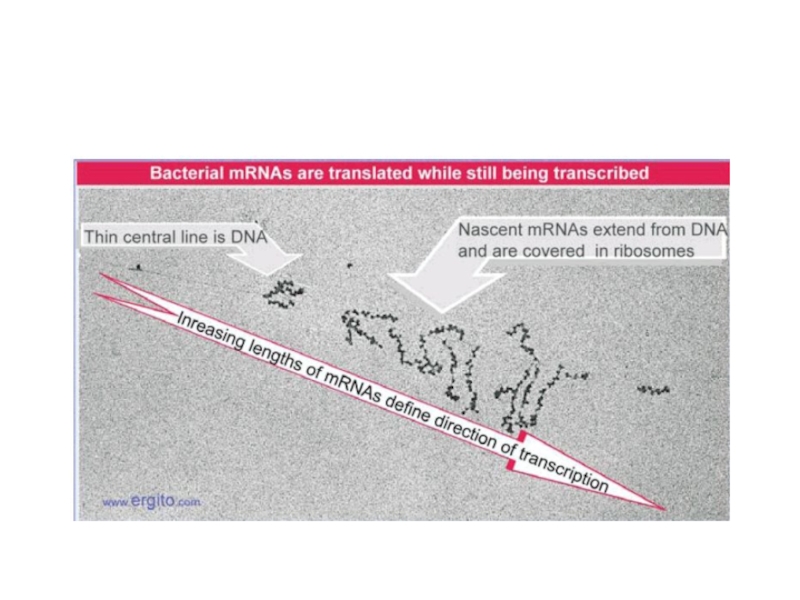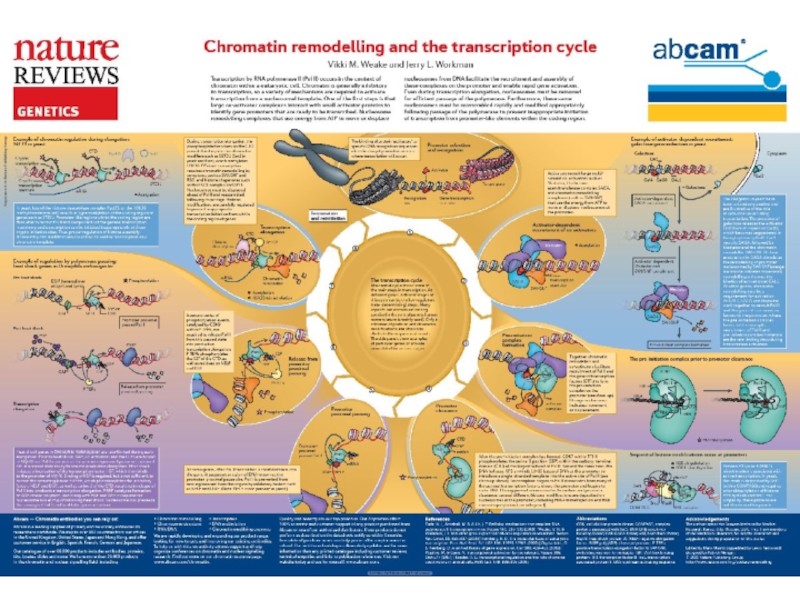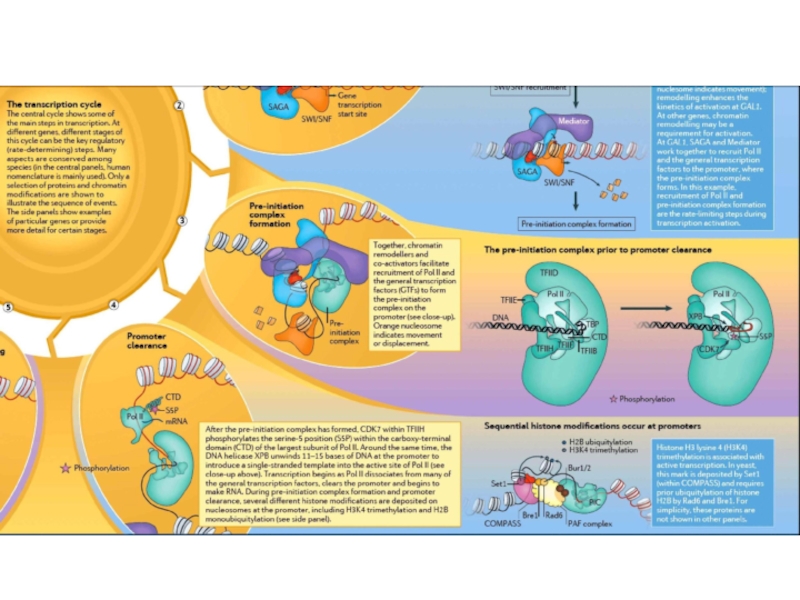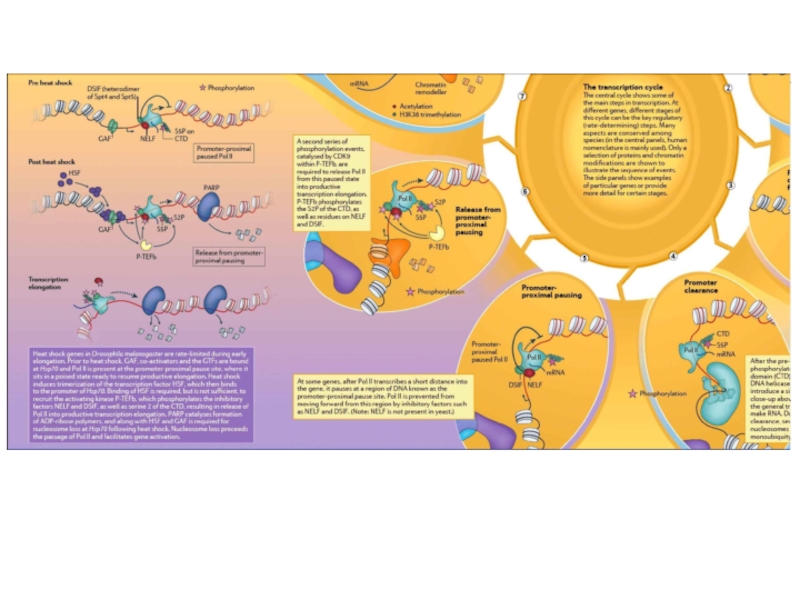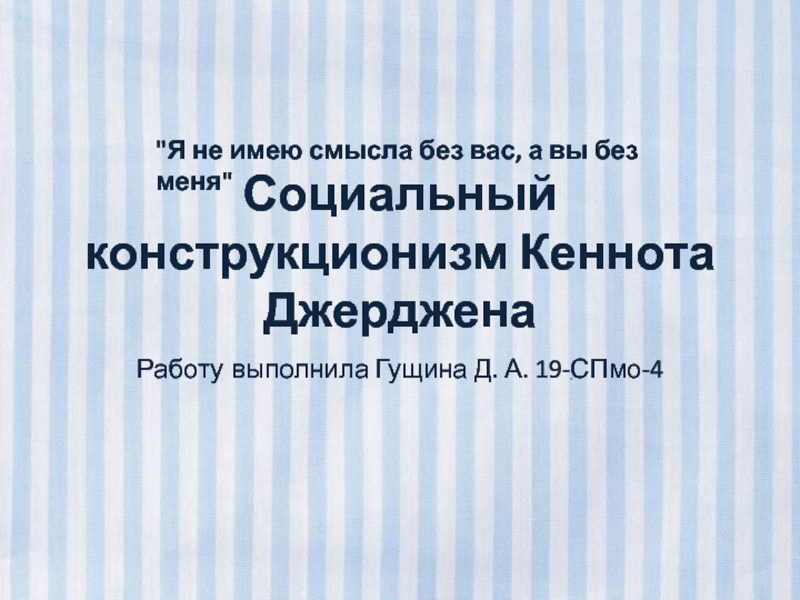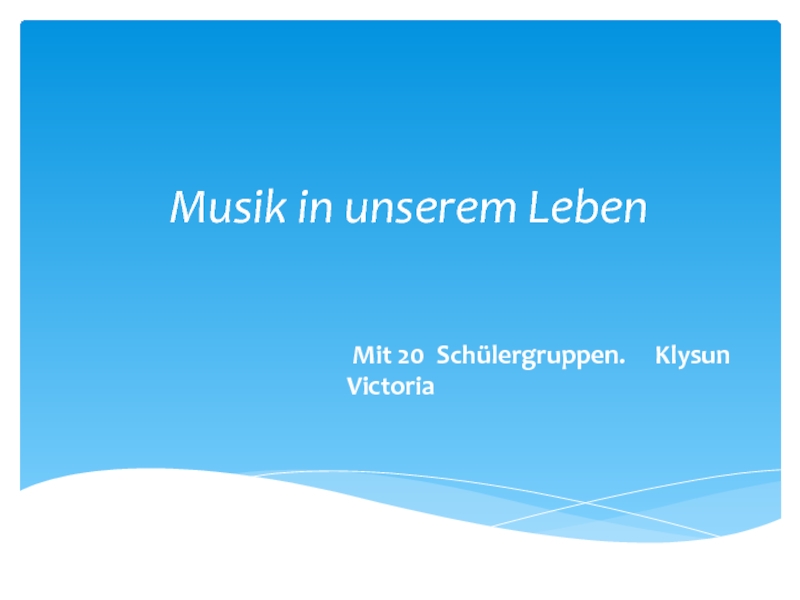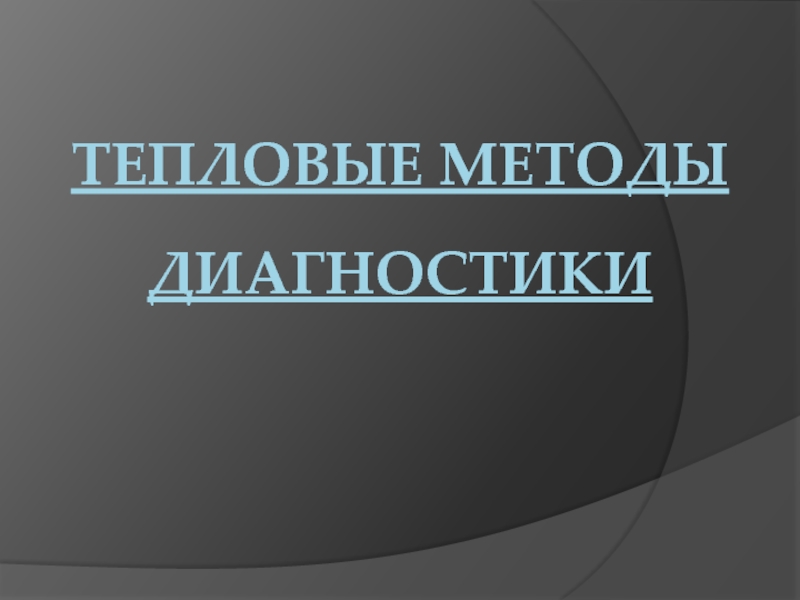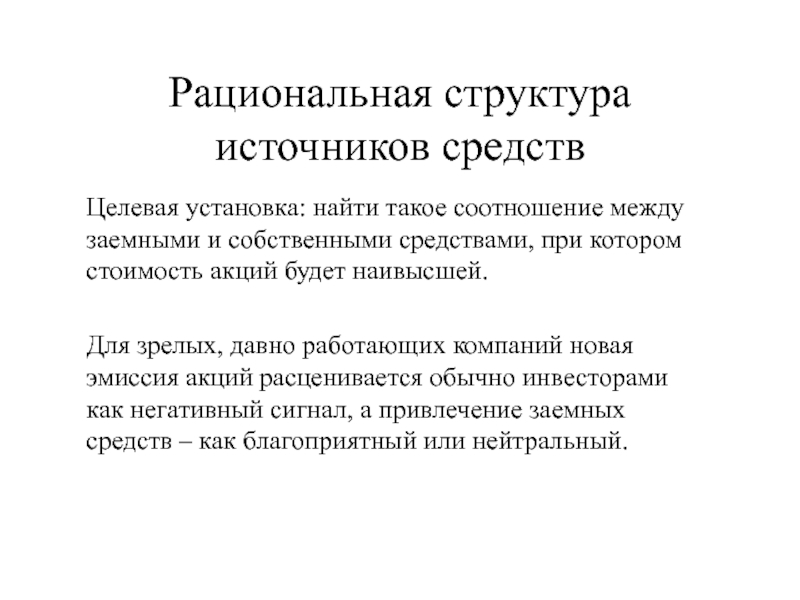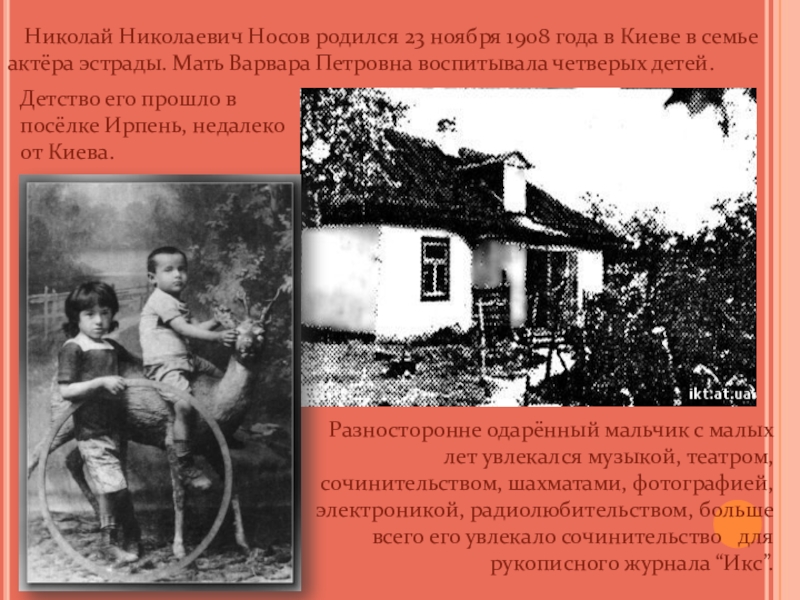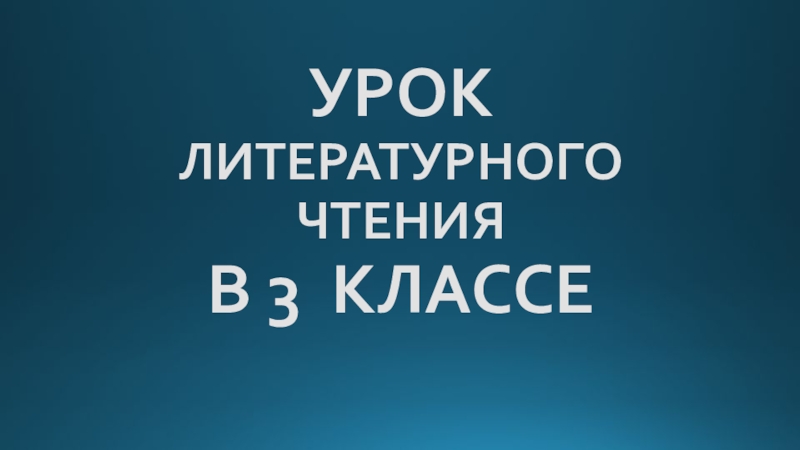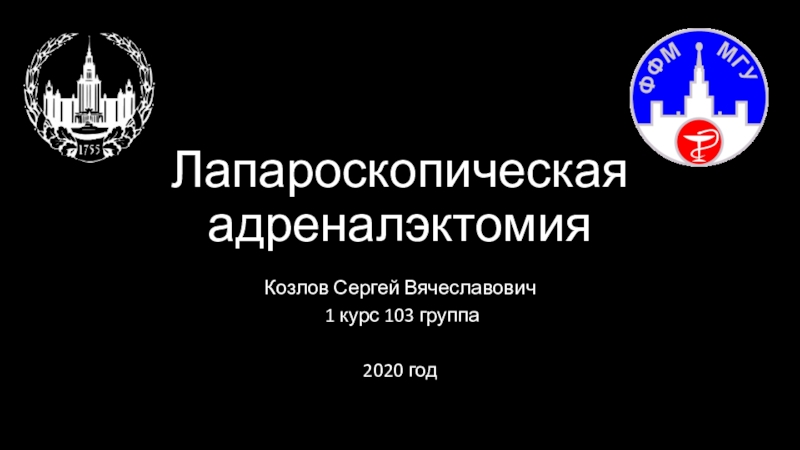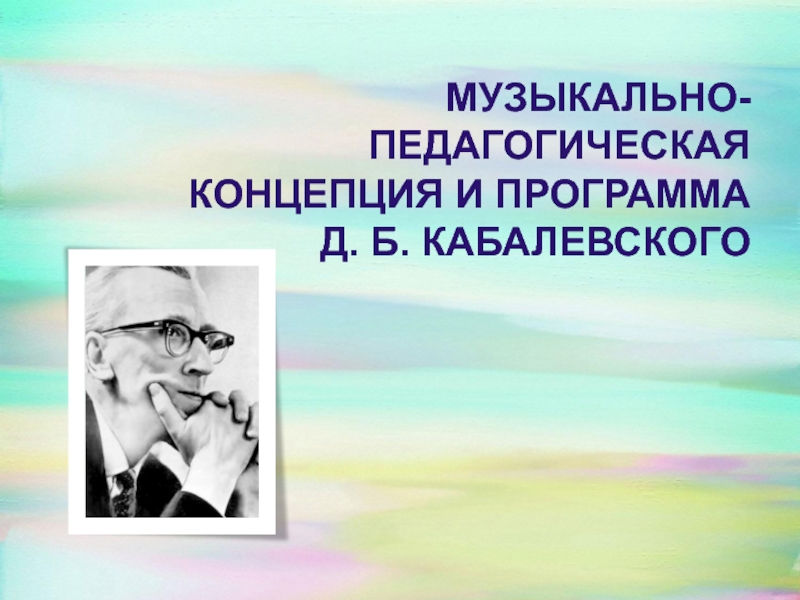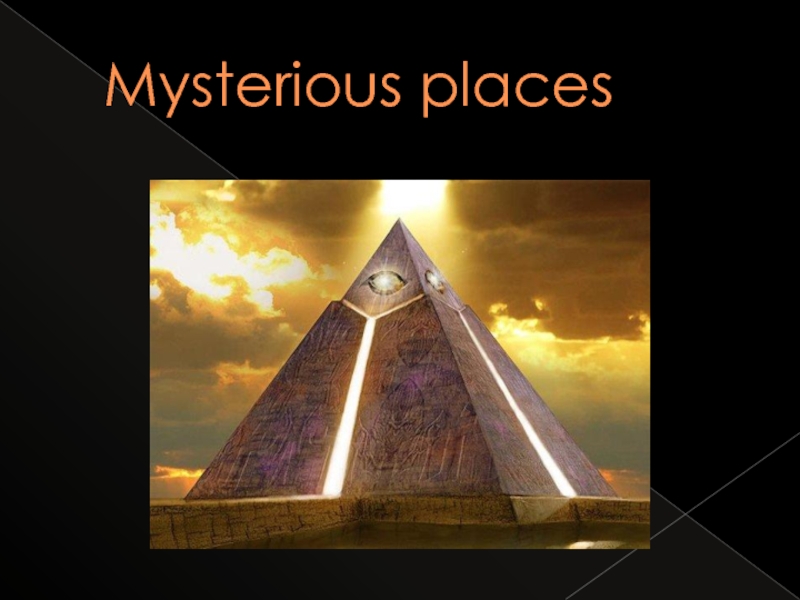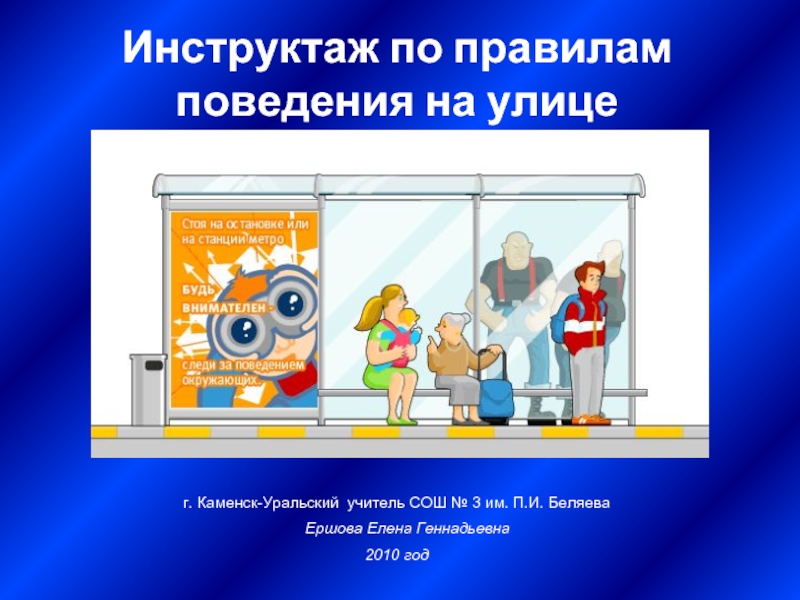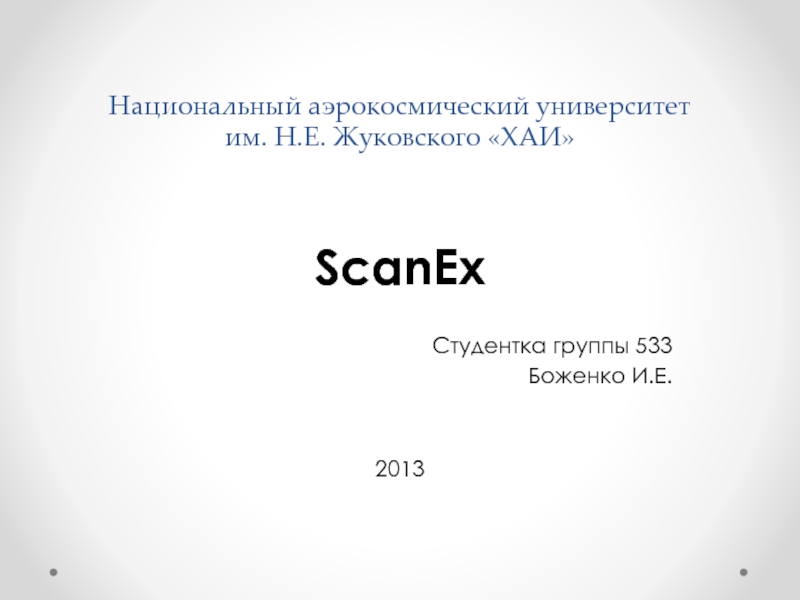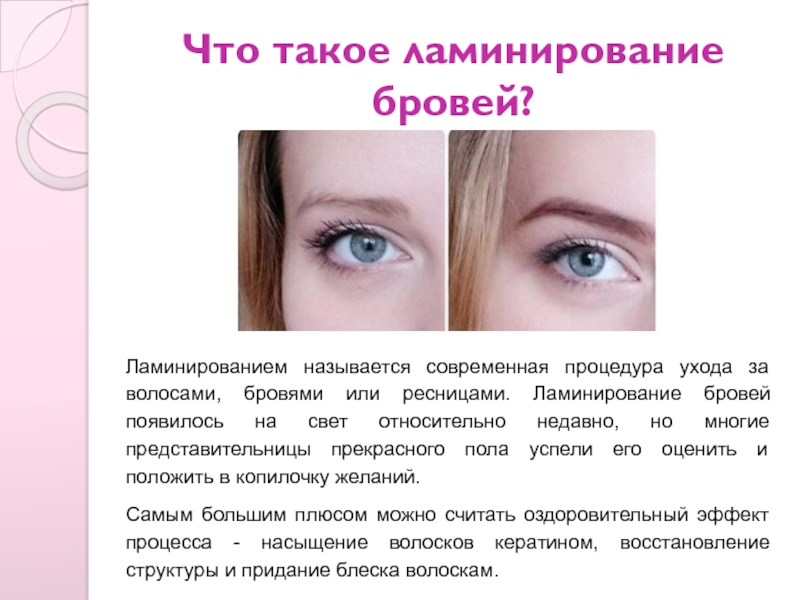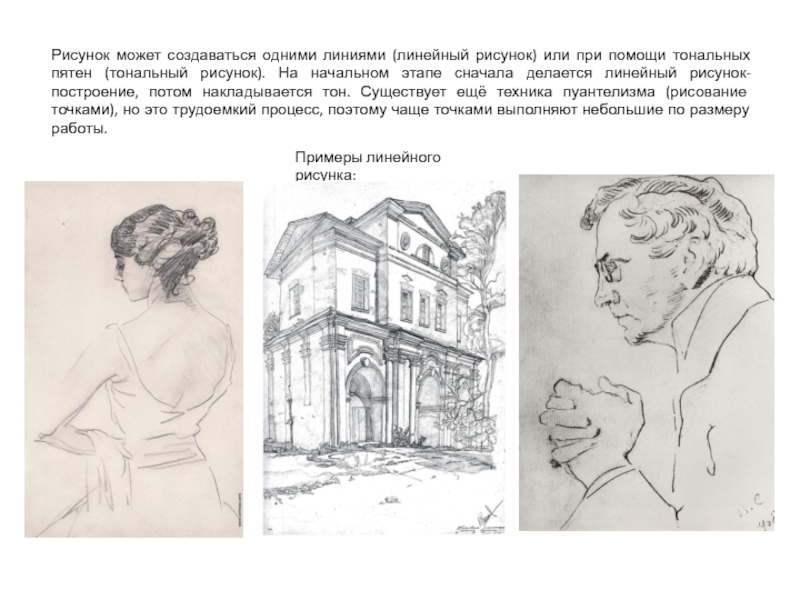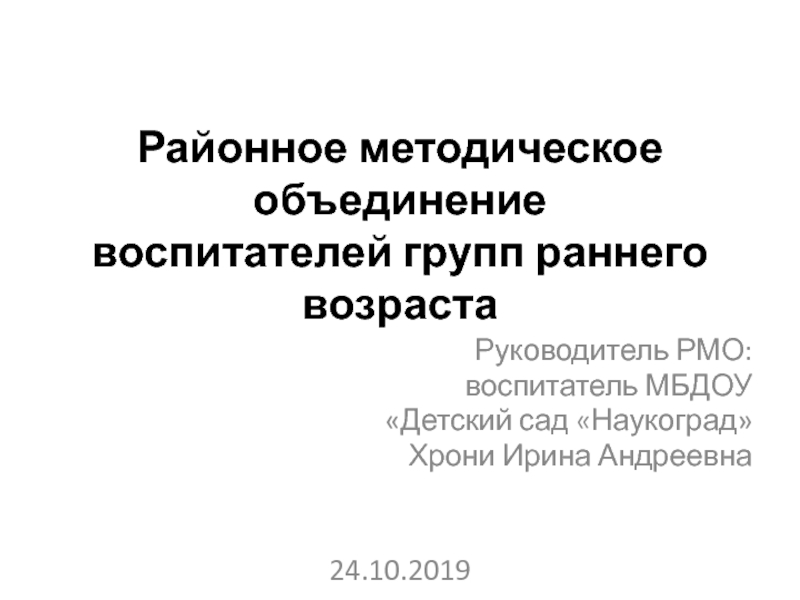same sequence as the mRNA and
is related by the genetic
code to the protein sequence that it represents.The antisense strand (Template strand) of DNA is complementary to the sense
strand, and is the one that acts as the template for synthesis of mRNA.
RNA polymerases are enzymes that synthesize RNA using a DNA template
(formally described as DNA-dependent RNA polymerases).
A promoter is a region of DNA where RNA polymerase binds to initiate
transcription.
Startpoint (startsite) (Startsite) refers to the position on DNA corresponding to the
first base incorporated into RNA.
A terminator is a sequence of DNA that causes RNA polymerase to terminate
transcription.
A transcription unit is the distance between sites of initiation and termination by
RNA polymerase; may include more than one gene.
Upstream identifies sequences proceeding in the opposite direction from expression;
for example, the bacterial promoter is upstream of the transcription unit, the
initiation codon is upstream of the coding region.
Downstream identifies sequences proceeding farther in the direction of expression;
for example, the coding region is downstream of the initiation codon.
A primary transcript is the original unmodified RNA product corresponding to a
transcription unit.
